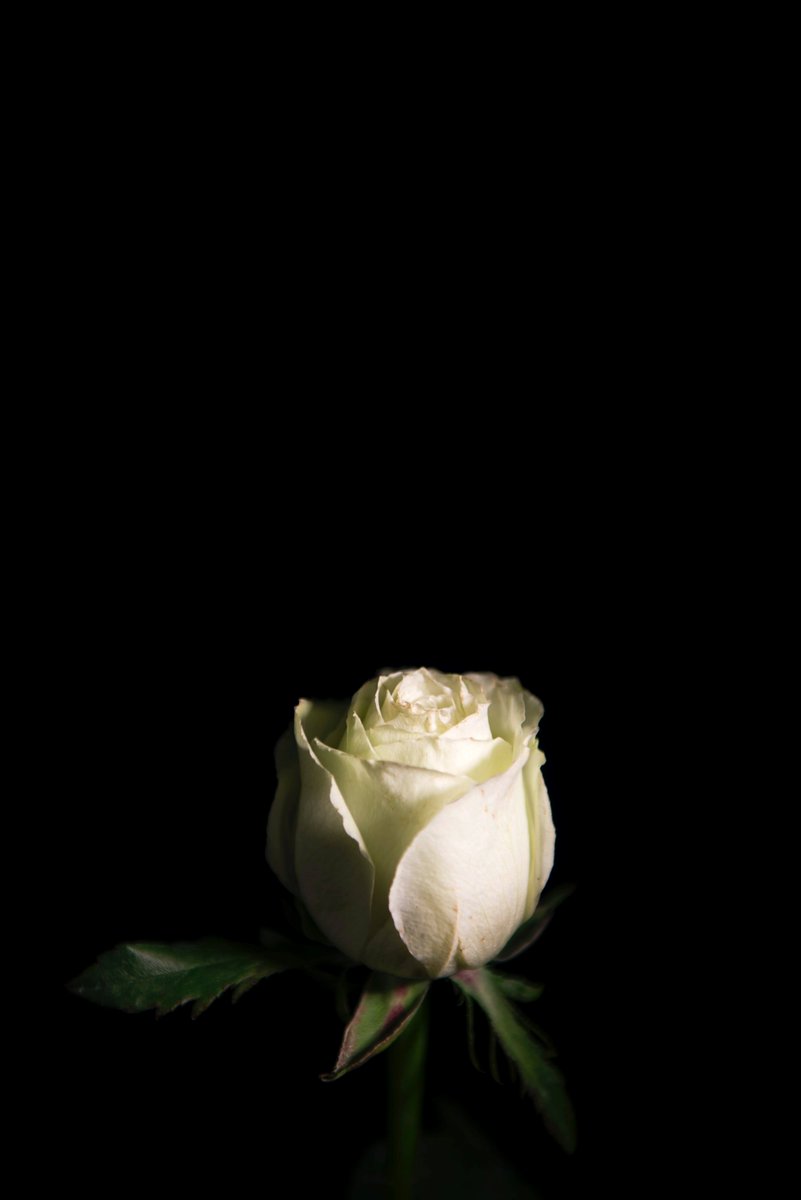
The Obscene Publications Act passed in 1857 prohibited the distribution of materials that 'deprave and corrupt those whose minds are open to such influences.'
So the Bodleian Libraries created the Φ (Phi) Collection.
#BannedBooksWeek
So the Bodleian Libraries created the Φ (Phi) Collection.
#BannedBooksWeek

The earliest evidence of the Phi collection - items to be hidden from public view - is found in the minutes of a meeting of the Curators of the Bodleian, 1882.
From 1912, students couldn’t review a book from the Phi collection without prior permission from a tutor.
From 1912, students couldn’t review a book from the Phi collection without prior permission from a tutor.

By the late 1930s, much of the material was reclassified and redistributed into the collection. But the shelfmark still exists.
There are around 3000 titles in the Phi collection – from the scholarly, to ancient tomes, to nude drawings and ‘scandalous’ novels.
There are around 3000 titles in the Phi collection – from the scholarly, to ancient tomes, to nude drawings and ‘scandalous’ novels.

While the Phi collection was in operation, an illustrated volume of The Love Books of Ovid was restricted due to its pictures.
...but Ovid's unillustrated erotic poems were freely available on the Libraries' open shelves!
...but Ovid's unillustrated erotic poems were freely available on the Libraries' open shelves!

Some say Phi puns on 'Fie!' - what a Librarian might exclaim when asked to fetch one of the books!
Others say it stems from the first letter of the Greek 'phaula' or 'phaulos' - worthless, wicked or base.
Image: The Joy of Sex: A Gourmet Guide to Lovemaking by Alex Comfort
Others say it stems from the first letter of the Greek 'phaula' or 'phaulos' - worthless, wicked or base.
Image: The Joy of Sex: A Gourmet Guide to Lovemaking by Alex Comfort

Do you think these books are still ‘obscene’?
- The Pop-Up Kama Sutra by Forster Fitzgerald Arbuthnot
- Satyra Sotadic, a 17th century work of European pornography, by Luisa Siegea de Velasco
- The Picture of Dorian Gray by Oscar Wilde
- Sex by Madonna
- The Pop-Up Kama Sutra by Forster Fitzgerald Arbuthnot
- Satyra Sotadic, a 17th century work of European pornography, by Luisa Siegea de Velasco
- The Picture of Dorian Gray by Oscar Wilde
- Sex by Madonna

• • •
Missing some Tweet in this thread? You can try to
force a refresh




















